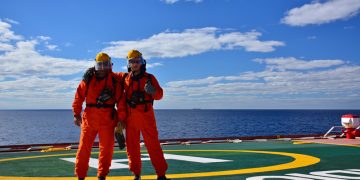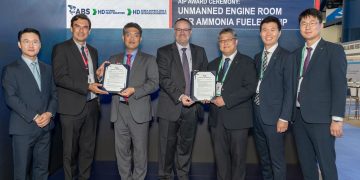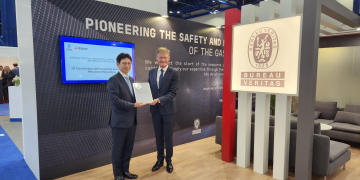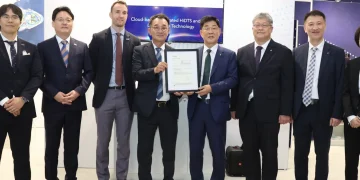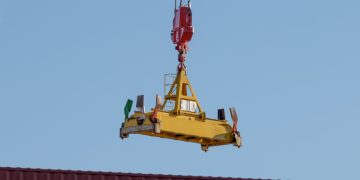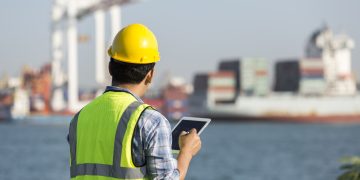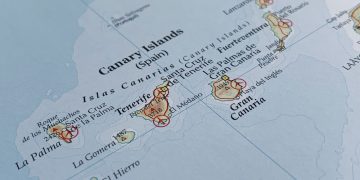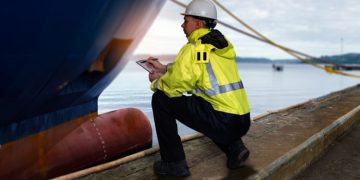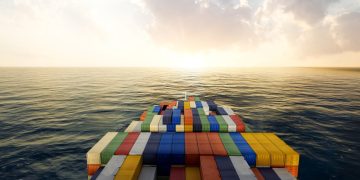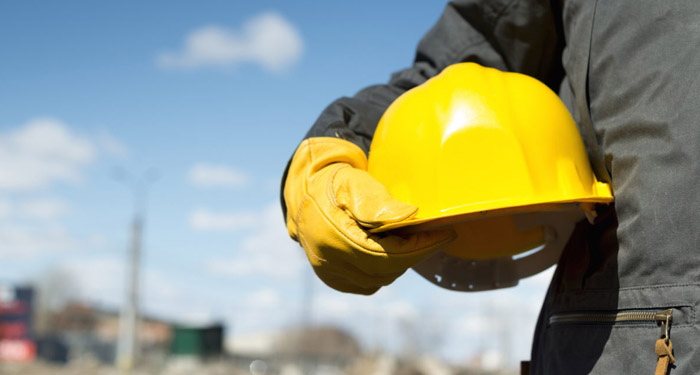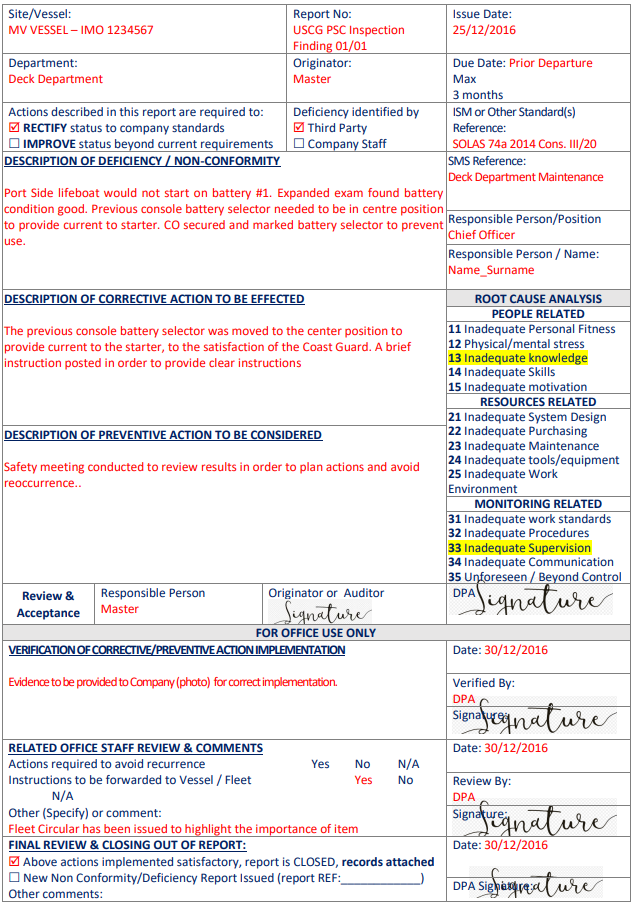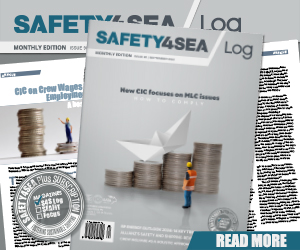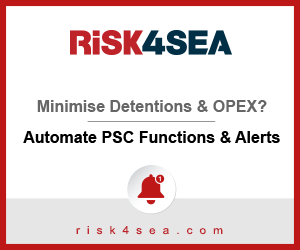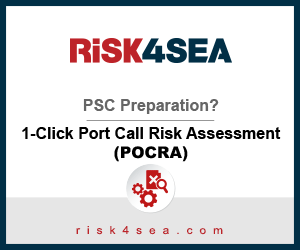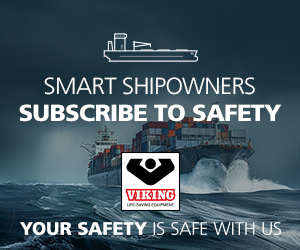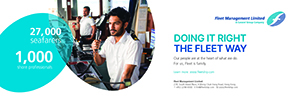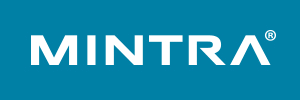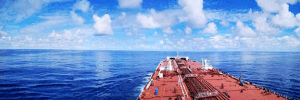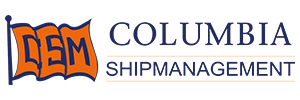During an external audit by the Class on behalf of ship flag or an internal audit by the company, deficiencies and shortcomings onboard are likely to be found. In such cases, the ISM Code categorizes these either as Observation, Non-conformity or Major Non-conformity. The following article attempts to clarify the difference between these widely used terms and explain with an example how to handle effectively any ‘non-fulfilled’ requirement that has been found onboard and may pose risks to safe operations.
- ISM Code: Latest Updates
- ISM Code: How to handle Non-Conformities
- ISM Code: What to include in Master’s SMS Review
Defining the terms: Non-Conformity vs Major Non-Conformity
According to ISM Code (Resolution A.741(18), a “Non-conformity” is defined as “an observed situation where objective evidence indicates the non-fulfillment of a specified requirement”. The definition includes the term “objective evidence” in order to describe the quantitative/qualitative information, records, statements, facts pertaining to safety or to the existence and implementation of a safety management system element that can be verified because they are based either on observation, measurements or testing. In other words, a non-fulfilled requirement should at all times be written and incorporated in company’s SMS, Shipboard Manuals, IMO regulations etc.
[smlsubform prepend=”GET THE SAFETY4SEA IN YOUR INBOX!” showname=false emailtxt=”” emailholder=”Enter your email address” showsubmit=true submittxt=”Submit” jsthanks=false thankyou=”Thank you for subscribing to our mailing list”]
ISM Code also defines that a “Major non-conformity” is any identifiable deviation that poses a serious threat to the safety of personnel or the ship or a serious risk to the environment that requires immediate corrective action and includes the lack of effective and systematic implementation of this Code.
Defining the terms: Non-Conformity vs Observations
What’s more, the Code separates “Observations” from “Non-conformities” clarifying that, an observation is a statement or fact made during a safety management audit and substantiated by objective evidence. In practice, an observation is not as sever or vital as a non-conformity and it does not require immediate actions. More specifically, an observation is an item for improvement so as not to result in a non-conformity. On the other hand, a non-conformity must be handled as soon as possible by the specified due date and should always be followed by a corrective and preventive action plan, including root cause analysis. This procedure should be monitored at all levels by the company.
Non-conformities, when identified, should be reported by those individuals who have the relevant authority. These are all department managers of the Office and the Master onboard vessel. Overall, company’s office and fleet are periodically inspected by many different parties. Non-conformities may arise during internal audits, ISM audits by the Classification Society, Port State Control inspection or Flag State surveys and from third party ISO audits. Except for the auditing procedure, non-conformities may be identified during normal operations on board and therefore, crew members should report them to the authorised managers or the master.
Handling Non-Conformities successfully
The severity of the requirements that has been identified as non-conformity sets the time period required to implement corrective and preventive actions. All Non-Conformities must be closed out after verification that any corrective and preventive action has been carried out by responsible personnel.
Office personnel should investigate and analyse the non-conformity aiming to identify the root cause. Afterwards, an action plan on how to correct the non-conformity should be decided as well as all actions need to be taken in order to prevent similar reoccurrences.
In case of shipboard audits, corrective actions should be decided between the Master and the Auditor, but the DPA (Designated Person Ashore) should finally review the incident and proceed, if appropriate, with modifications. Also, for vessel related non-conformities, it is necessary to communicate the preventive actions to the whole fleet.
As has already been stated, the actions taken to correct the non-conformities should be reviewed by the DPA, who is responsible to ensure that all staff related with the application of appropriate corrective and preventive action are proceeding as agreed; all corrective and/or preventive actions required are verified within the agreed time frames; and all Non Conformities are properly closed out by due date.
How to fill in “Non-Conformity” form properly: Important issues
The person that identifies a Non-Conformity is required to fill in a “Non-Conformity” form. A “Non-Conformity” form should contain information about:
- Site or Name (and IMO No) of the vessel,
- date of inspection
- originator
- due date and
- reference to the standard which has been disobeyed.
A description of the non-conformity should be included, followed by a description of corrective and preventive actions. Moreover, the root cause of its non-conformity should be analysed and reported into the non-conformity form. The monitoring procedure should be demonstrated in each Non-Conformity form to indicate and ensure the effective implementation of the corrective and preventive action and the date the Non-Conformity was closed out.
Case study
A Panama-flagged vessel inspected at a US port by the US Coast Guard. The USCG officer identified one non-conformity related to the lifeboats maintenance. In order to close the case, this non-conformity reported to the office, as required and the responsible personnel completed the non-conformity form, including the appropriate information, as follows:
Site/Vessel: MV …… – IMO 1234567, Report No: 01/01, Issue Date: 25/12/2016
Department: Deck Department, Originator: Master
Due Date: prior to departure
ISM or Other Standards Reference: SOLAS 74a 2014 Cons. III/20
Description of N.C.: P/S lifeboat would not start on battery #1. Expanded exam found battery condition good. Previous console battery selector needed to be in center position to provide current to starter. CO secured and marked battery selector to prevent use.
Description of Corrective action: The previous console battery selector was moved to the center position to provide current to the starter, to the satisfaction of the Coast Guard.
Description of Preventive action: Safety meeting conducted to review results in order to plan actions and avoid reoccurrence. Fleet Circular has been issued to highlight the importance of item
Root Cause Analysis: Inadequate Knowledge, Inadequate Supervision
Sample of Non-Conformity form






